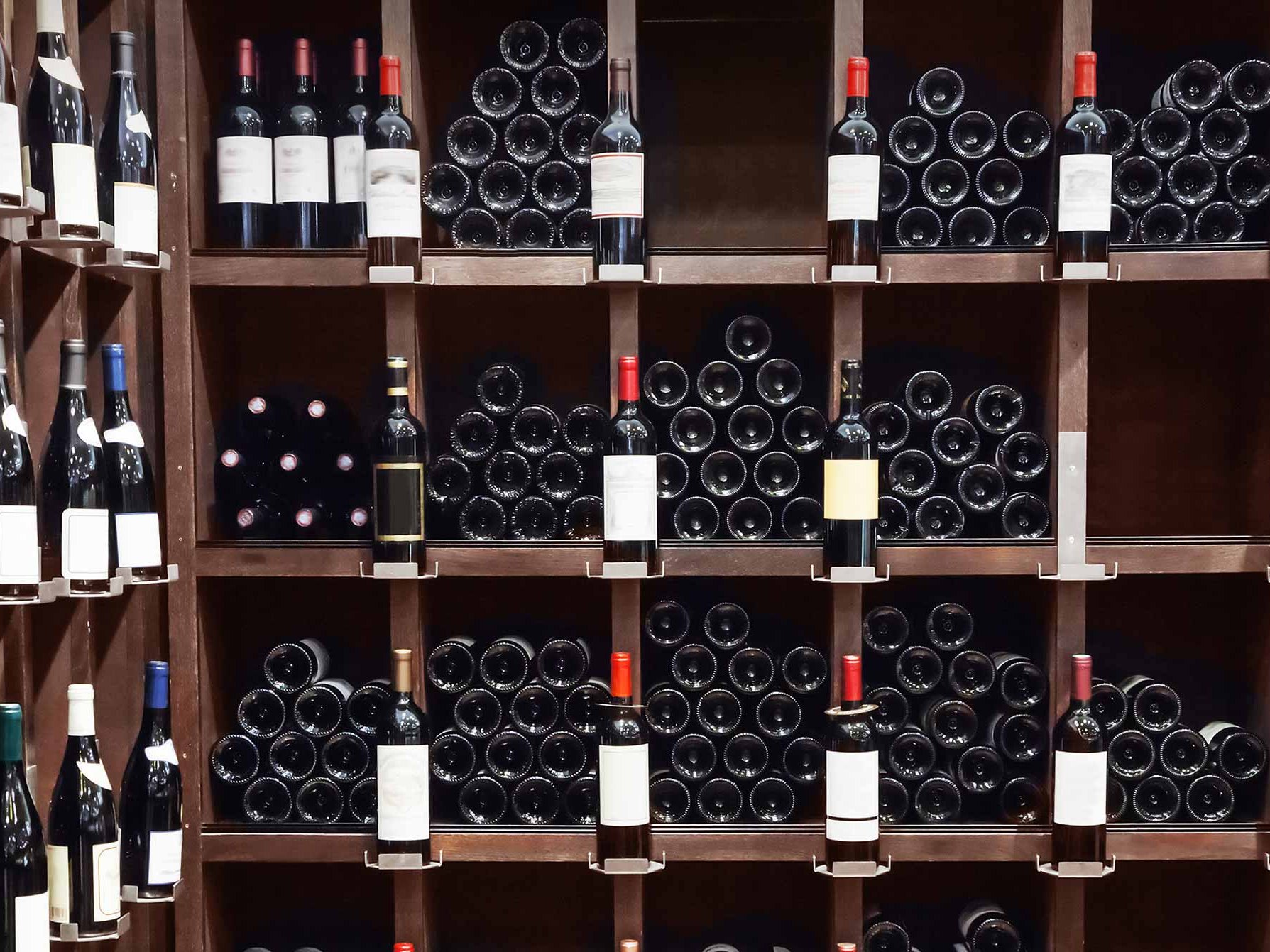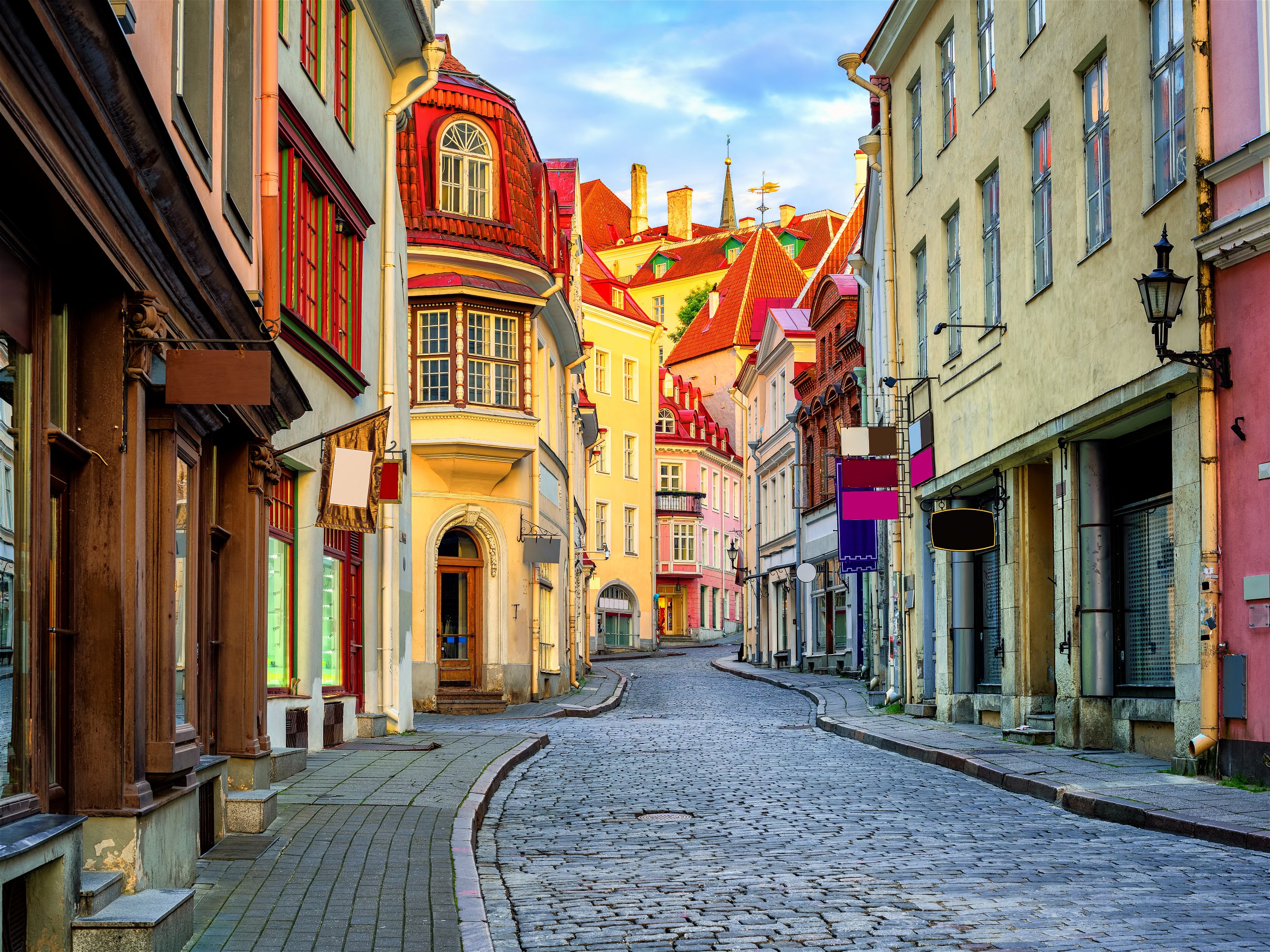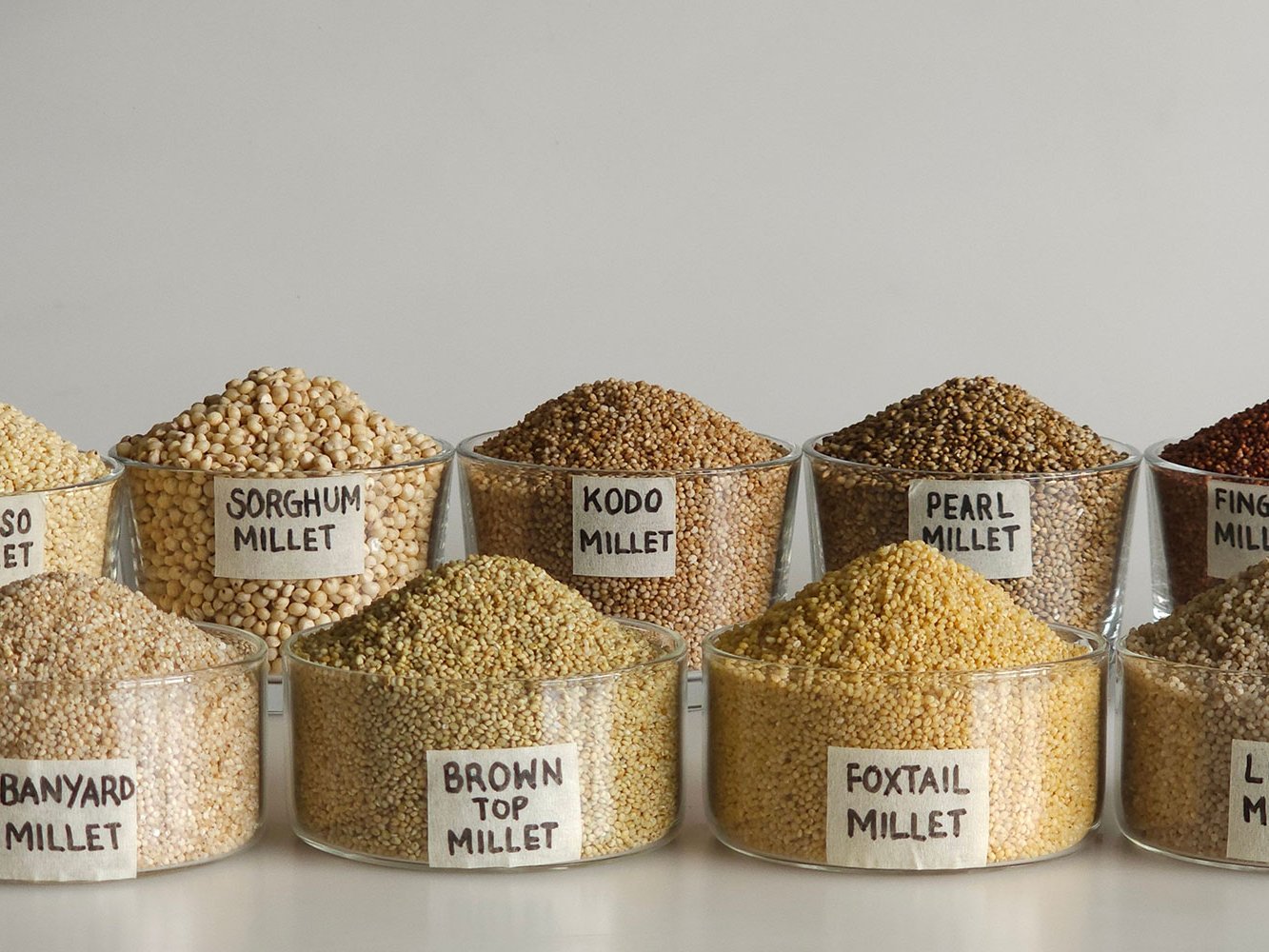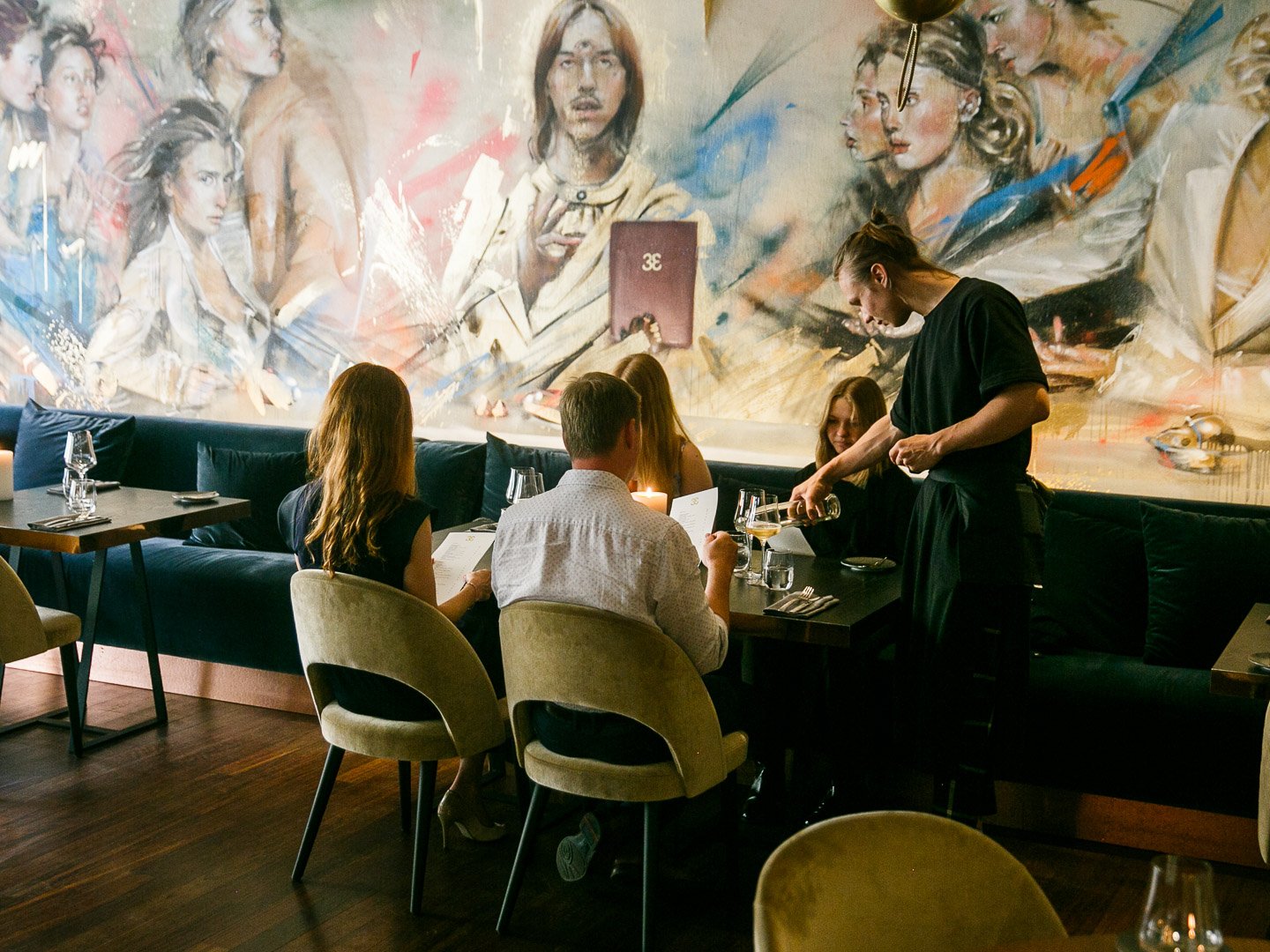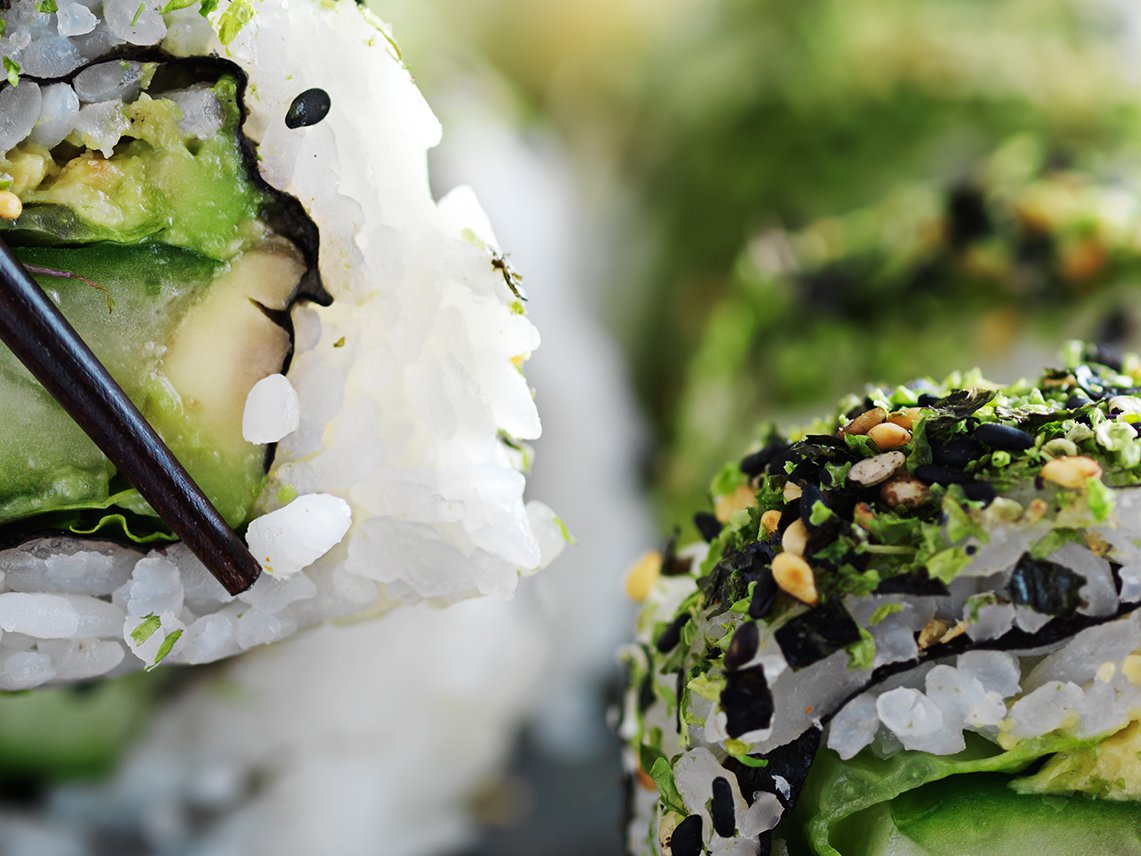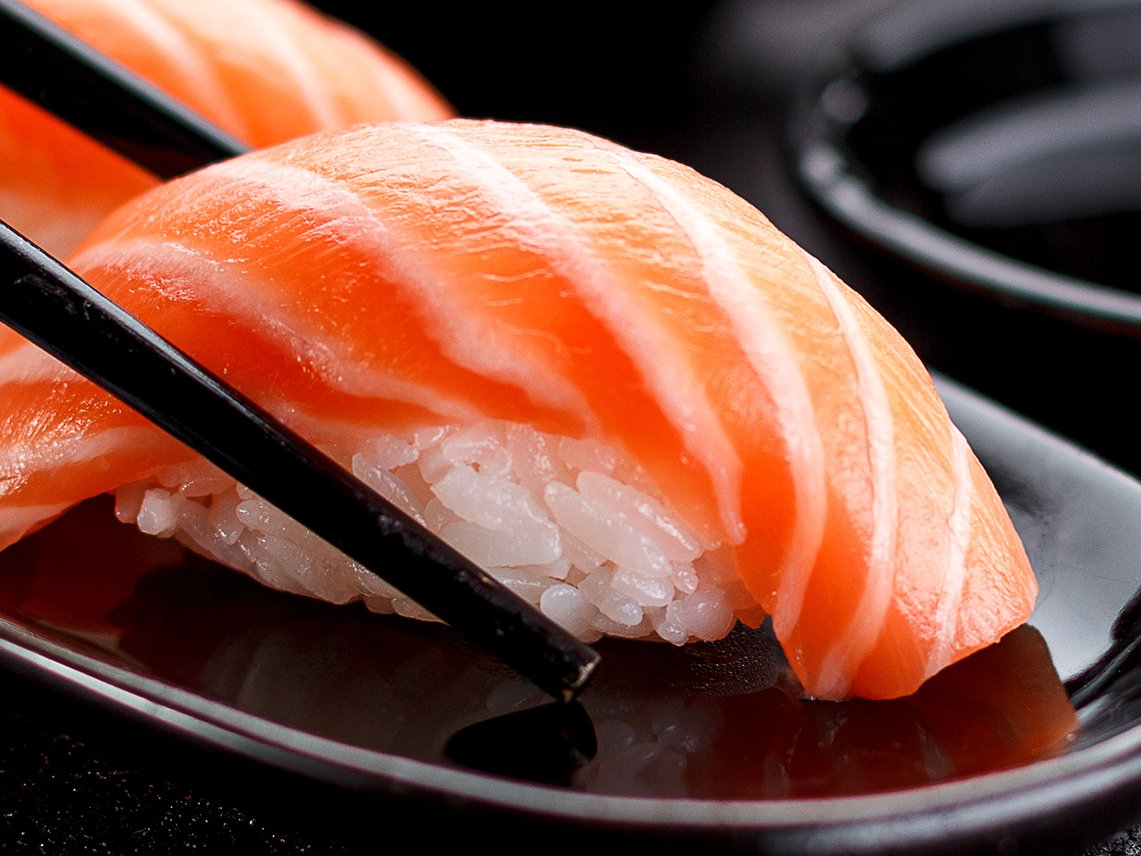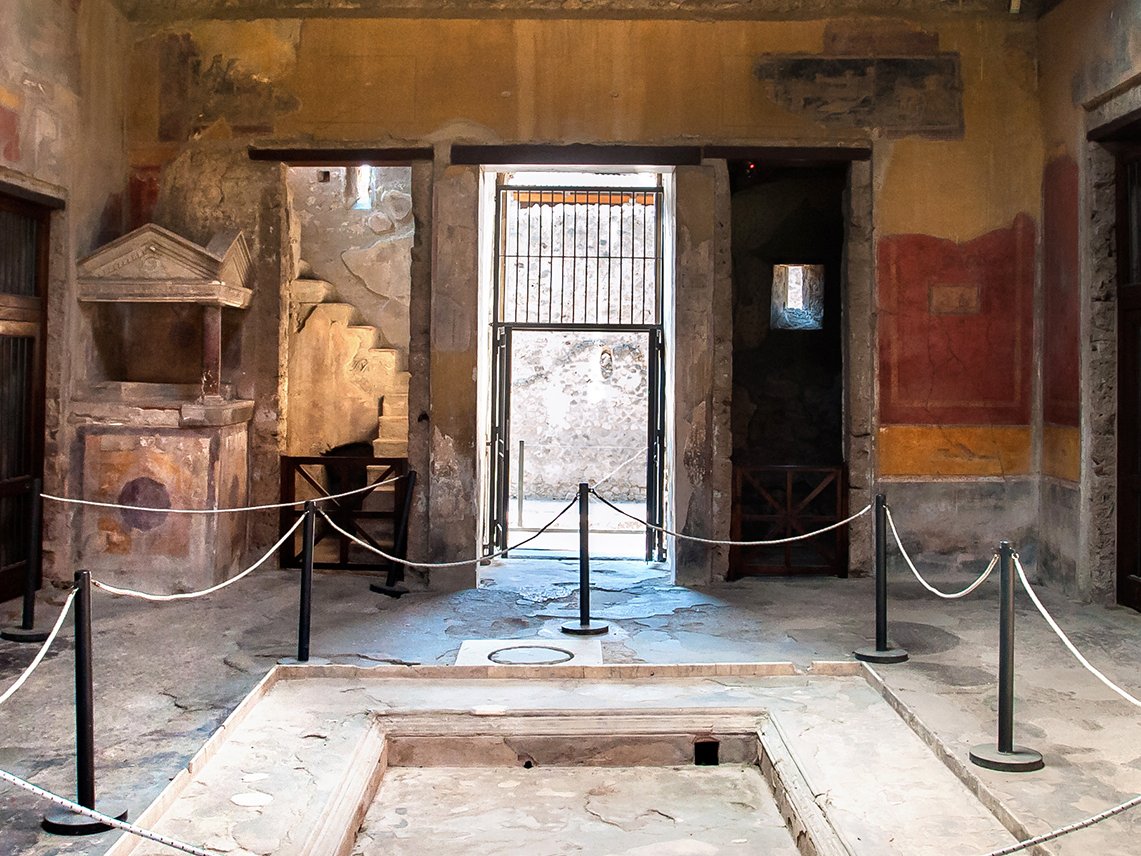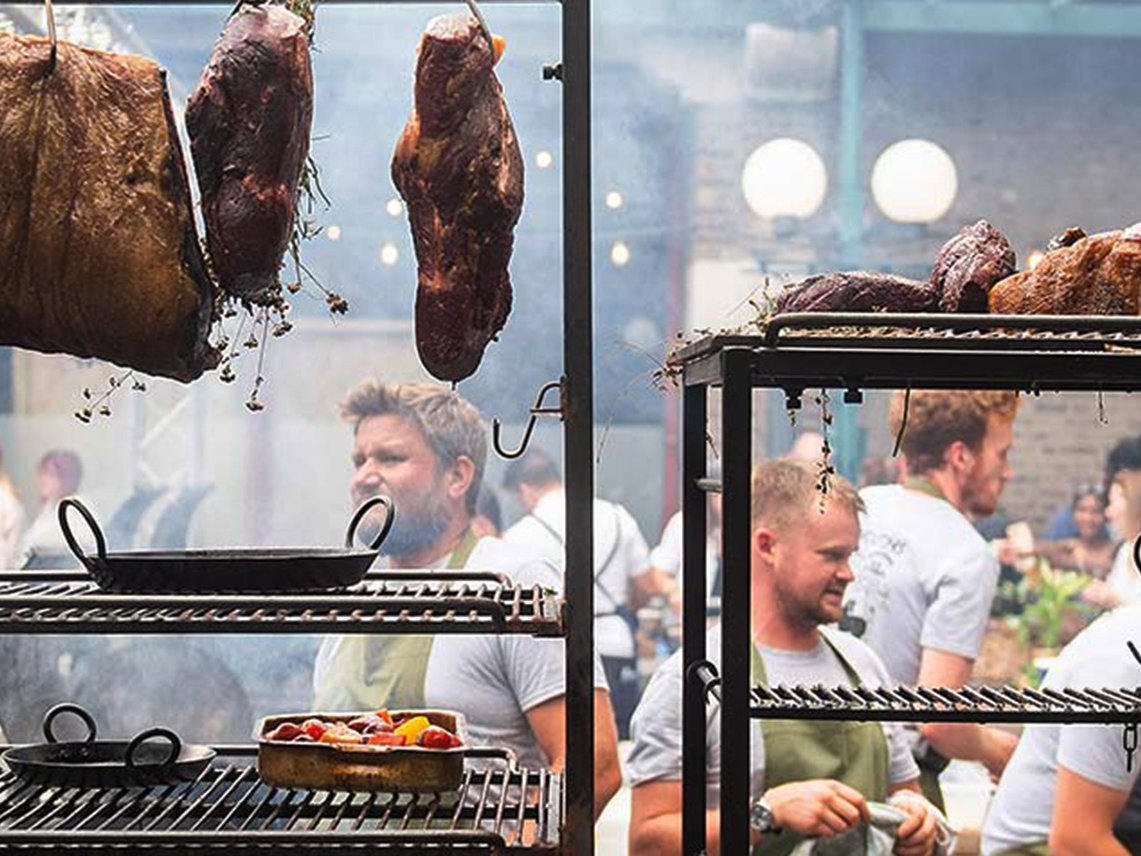Porter: A Brief History
We trace the history of the dark, malted and hopped English beer known as porter and its most famous brand, Guinness.
The Porter, The Roaster and The Nine Thousand Year Lease
The Porter
The Roaster
The Industrial Revolution
The Nine Thousand Year Lease
My Goodness! My Guinness!

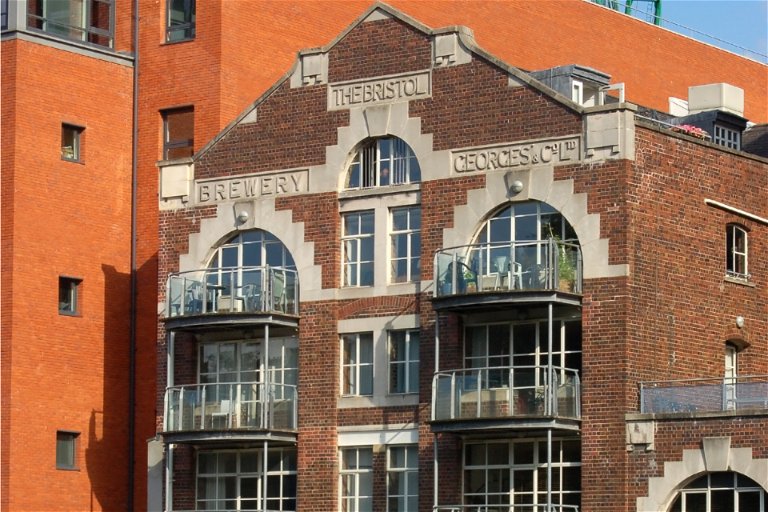
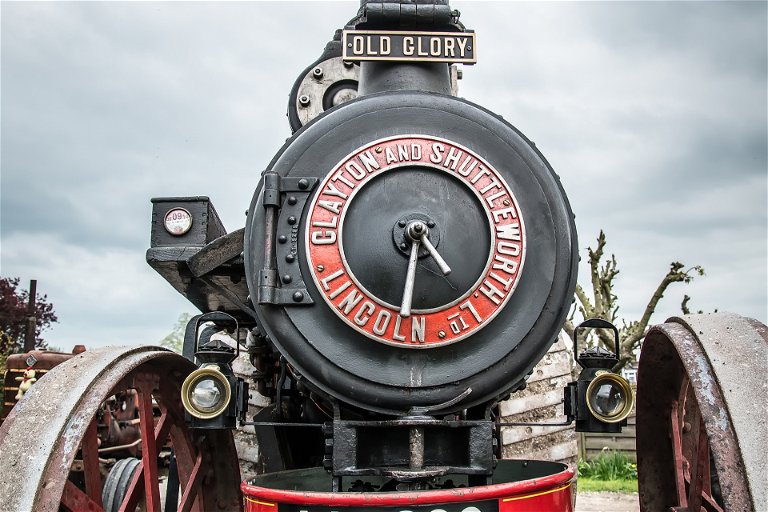
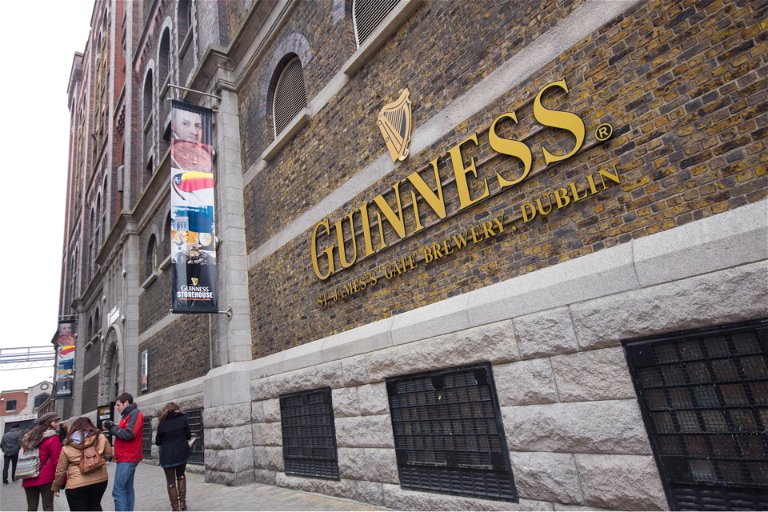
© Shutterstock
The Guinness brewery in St. James‘s Gate, Dublin.

